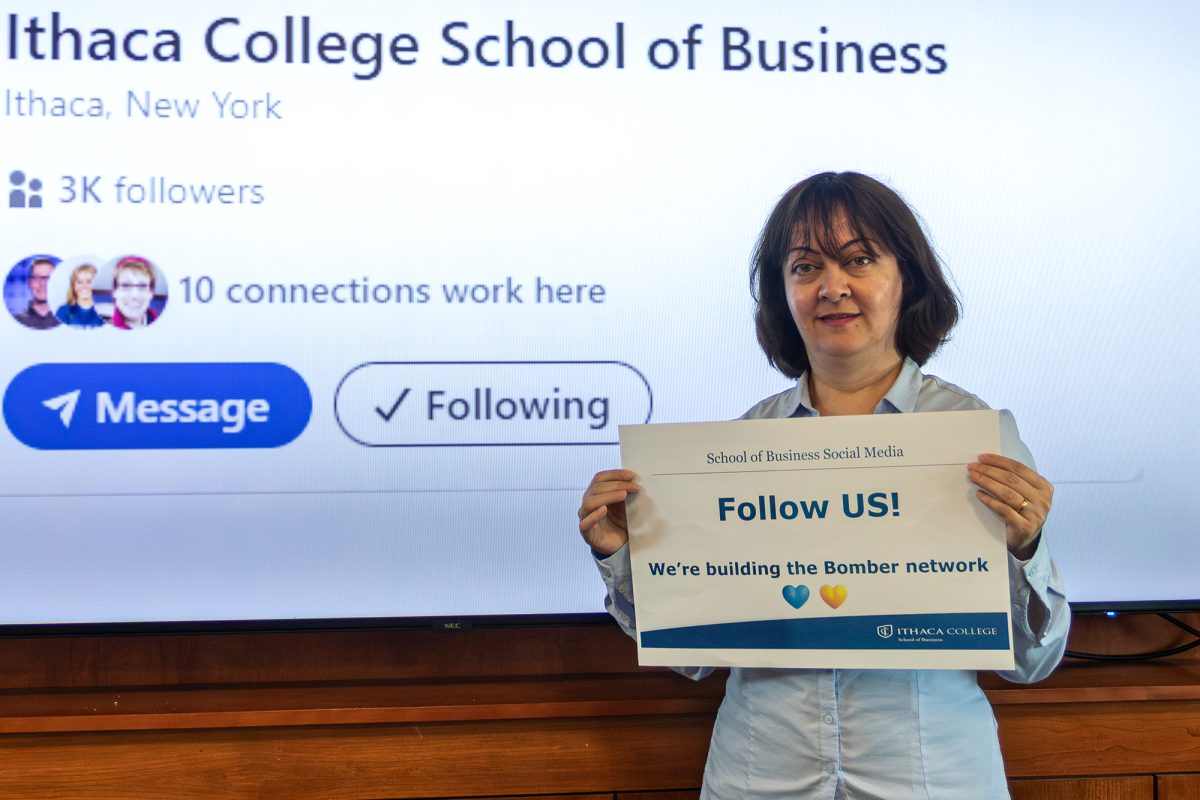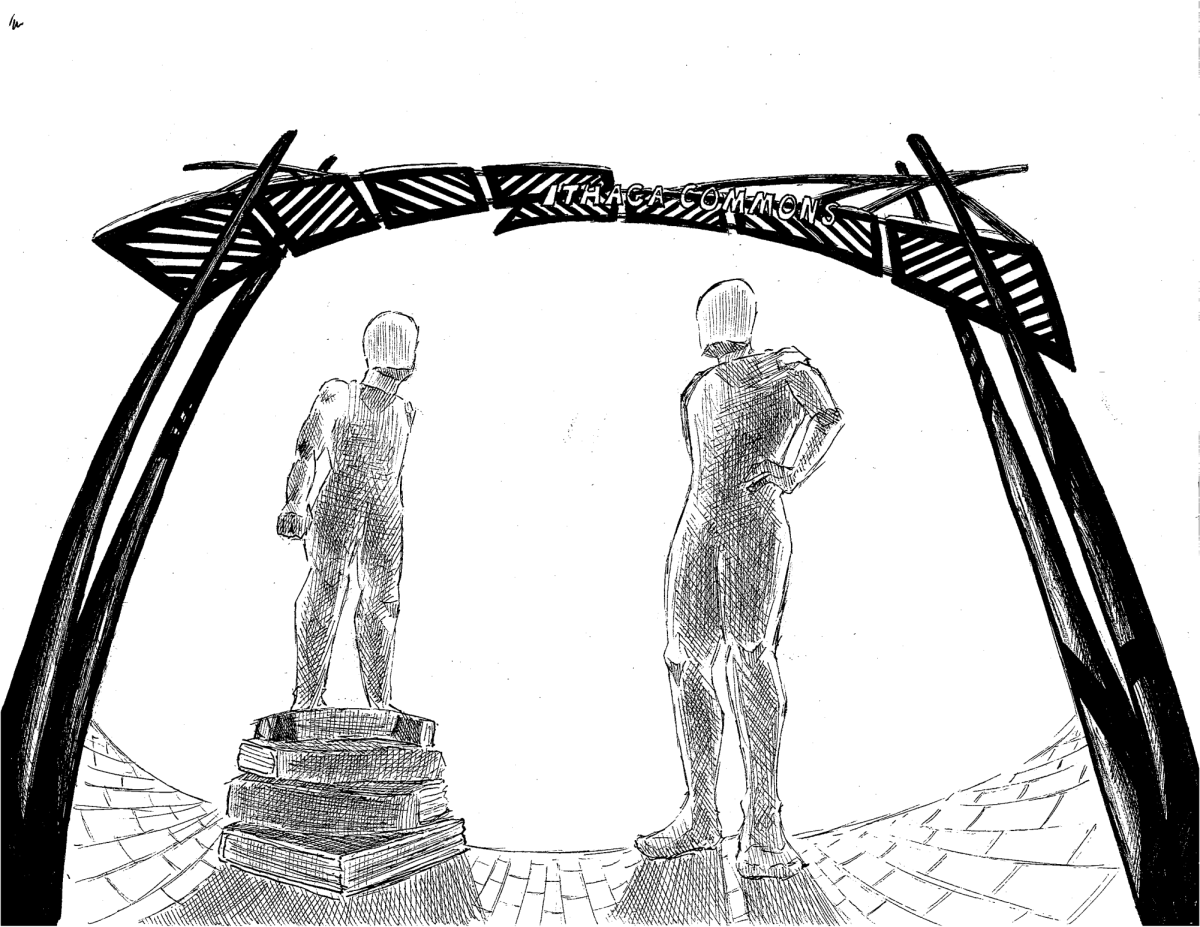College basketball is one of the country’s most popular sports, due in large part to the annual postseason tournament: NCAA March Madness — featuring the likes of 64 teams together in one bracket. Every team, from the top seed to the 16 seed underdog, all are gunning for the championship title. Yet, with the championships concluded after the women’s final April 6, now is a good time to reflect on the progress of women’s sports and the lack of support for it to thrive.
While everyone is focused on building a perfect bracket, there are inequities between the men’s and women’s Division I tournaments that should not be ignored. That includes viewership numbers, performance-based compensation and the names on the court bringing the action.
It has long been known that the men’s tournament receives a large majority of the collegiate basketball audience, with the women’s tournament garnering less interest. Until 2024, the women’s national championship games had never drawn a crowd as large as the men’s. The peak of last year’s tournament viewership came during the championship games. The women’s championship game between University of Iowa and the University of South Carolina averaged just under 19 million viewers, meanwhile, the men’s championship game between Purdue University and the University of Connecticut was well below that mark, averaging 14.82 million. I believe this was the spark women’s college basketball needed in order to gain further traction in building an audience.
Both tournaments receive fair coverage through different networks, with the men’s side being covered by CBS Sports and TNT Sports, and the women’s side by ABC and ESPN. Although ESPN may be the bigger network, viewers continue to show out in droves and increase viewership for the duration of the men’s tournament. Meanwhile, the women’s tournament only grows in popularity after the conclusion of each round of the tournament. First round games may not decide the national championship game, but if the audience can tune into the entirety of the men’s tournament, the women’s first and second rounds should have the same share.
This year’s national championship game featured the University of Connecticut Huskies and the University of South Carolina Gamecocks. The matchup boasted the likes of the most iconic program in women’s college basketball history, against the sport’s newest dynasty.
While the women’s tournament did not hit the 2024 numbers in viewership, the 8.5 million viewers that tuned in to the 2025 tournament was the third most-watched women’s championship game on record. Not only that, the Final Four was also the third most-watched women’s semifinals since 1995, continuing the trend of increased viewership.
Another issue with the coverage of both the men’s and women’s tournaments is the scheduling of each championship game. The women’s game was scheduled for 3 p.m. on a Sunday, while the men’s game was scheduled for 8:50 p.m. on a Monday. Nobody is going to watch a championship game at 3 p.m. on a Sunday afternoon. I think it would make sense to shift the women’s game into a prime-time window to maximize viewership. The past three Final Four weekends are evidence that the women’s tournament is on the rise, but it is unclear whether that trend will continue, and I believe that is in part because of the poor scheduling.
Also, the star players should not be the only means of advertisement for the tournament. I tune into big networks such as ESPN and I rarely see any women’s college basketball advertisements compared to men’s college basketball. Sports broadcasting’s top networks today are so driven by their pocketbooks that they fail to put a further spotlight on women’s college basketball because it does not draw as much revenue as other men’s sports.
When looking at compensation for each participating team, the men’s players earn bonuses based on the team’s performance throughout the tournament. Meanwhile, the women’s tournament only began being compensated this season, due in some part to the imbalance in viewership between each tournament. Also, Duke University’s star player Cooper Flagg is earning just under 5 million in NIL deals, while UConn’s leader, Paige Bueckers, is earning just $1.5 million. Sure, it may be a different gender, but basketball is basketball. The games are just as competitive, the fiery passion is there and it is championship-level basketball. In March, it just means more. While the players have done their part in drawing a crowd, it is up to us as fans to continue to push the women’s tournament to further heights.
















